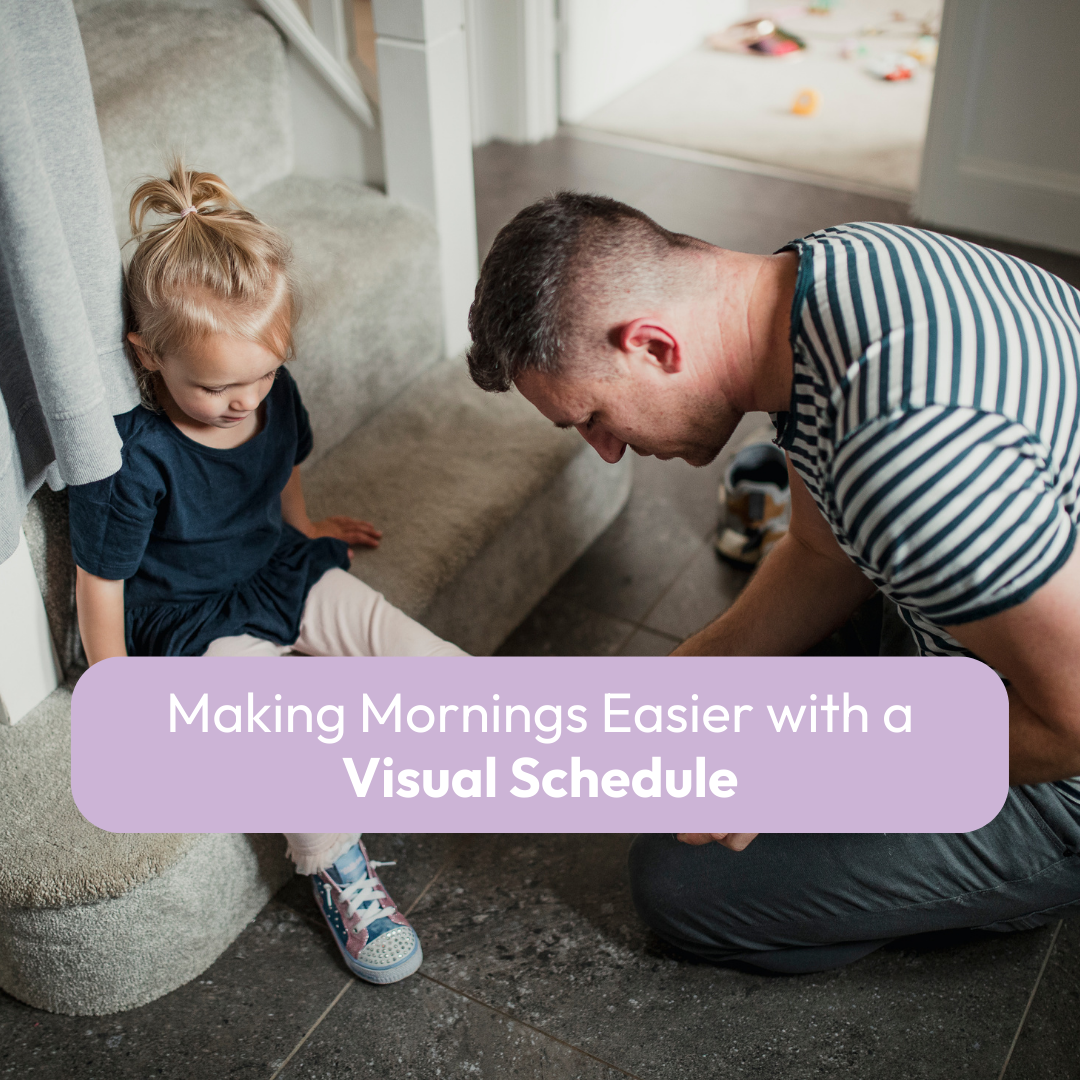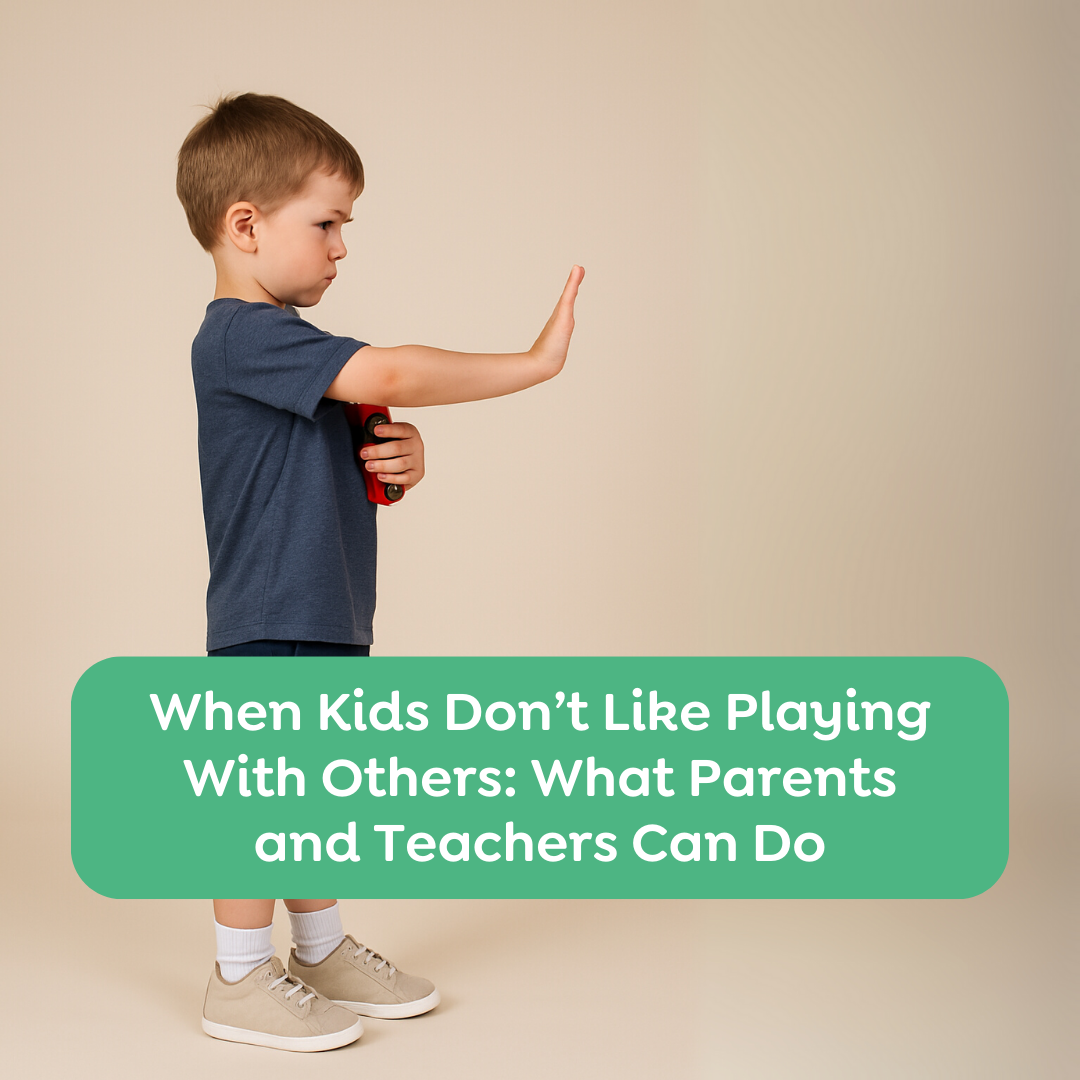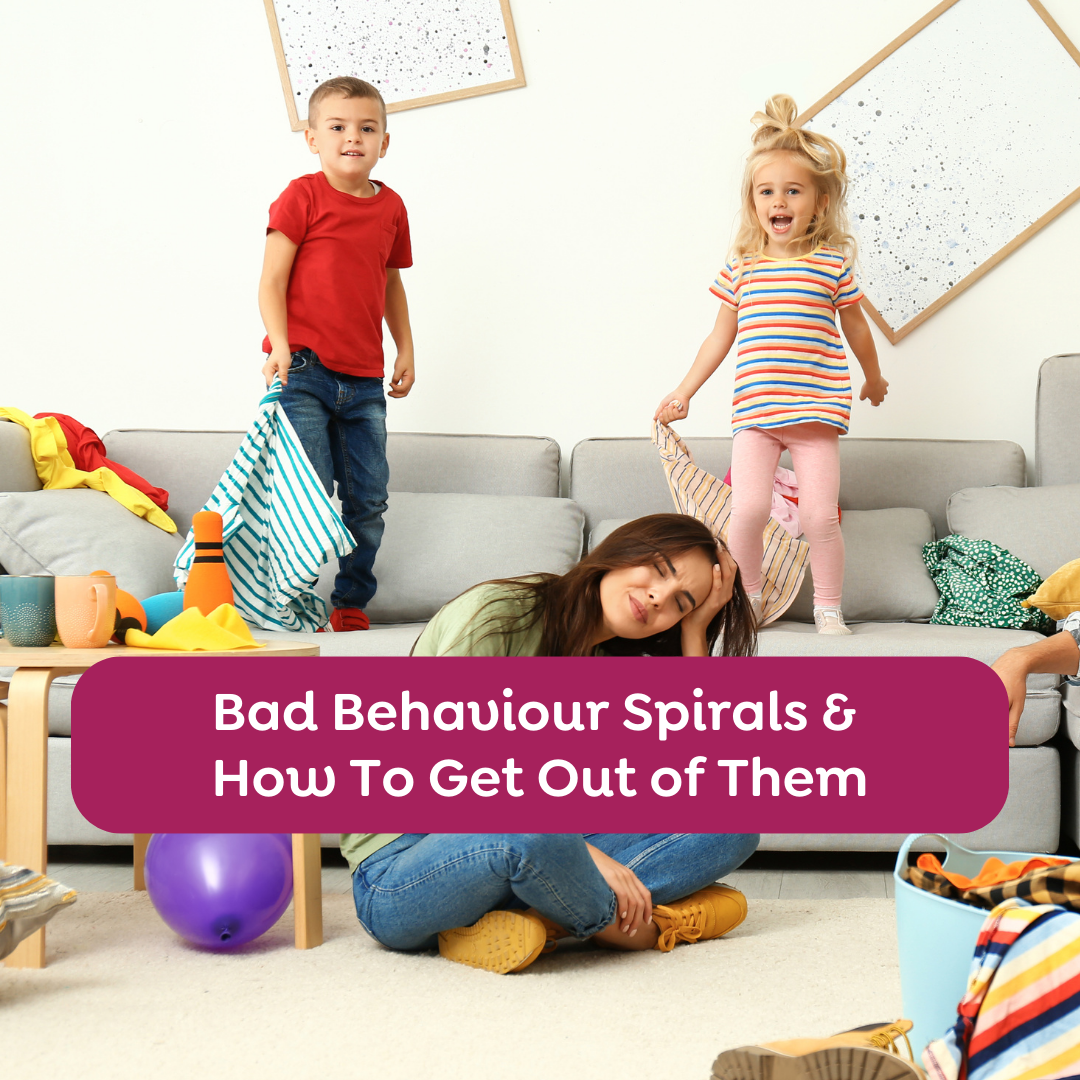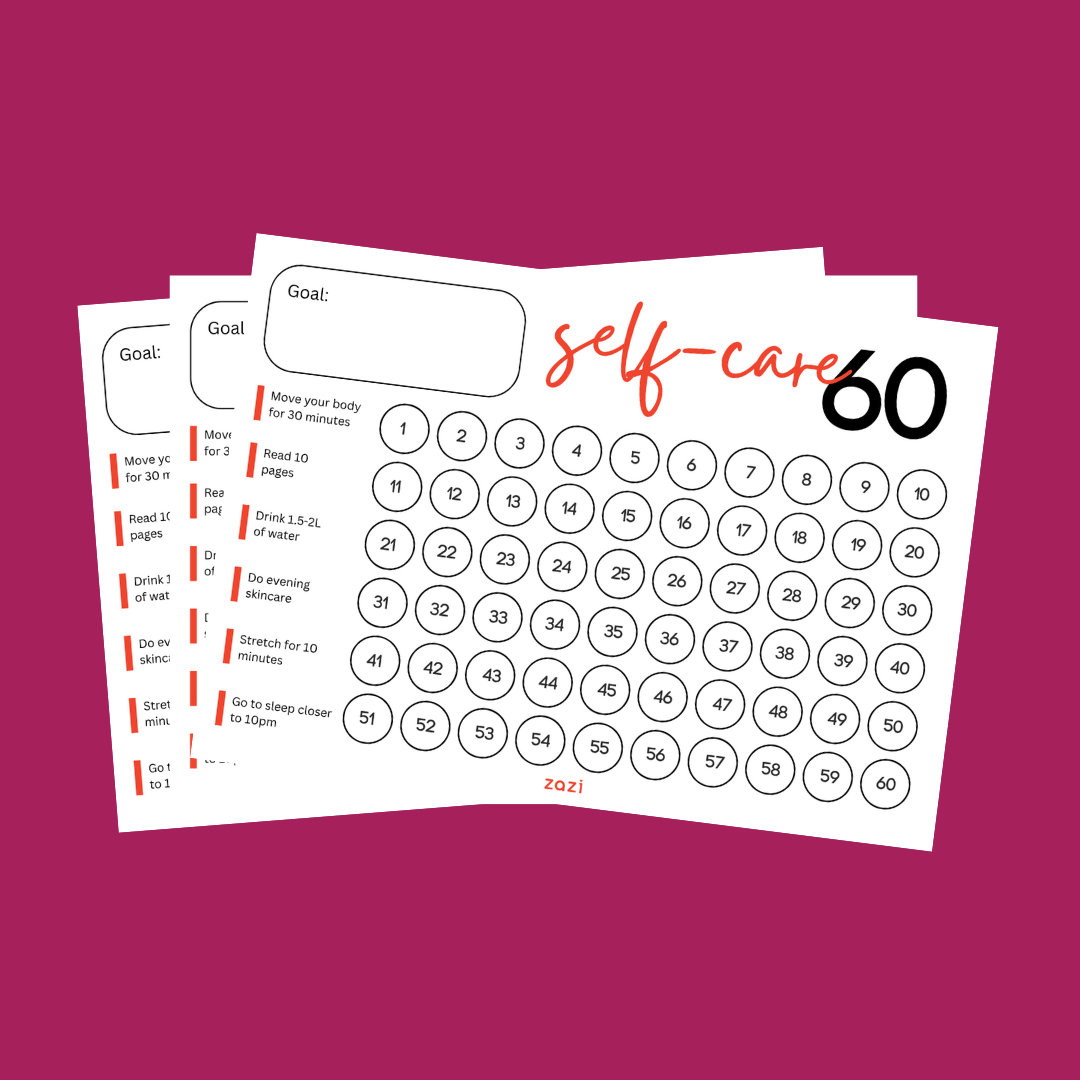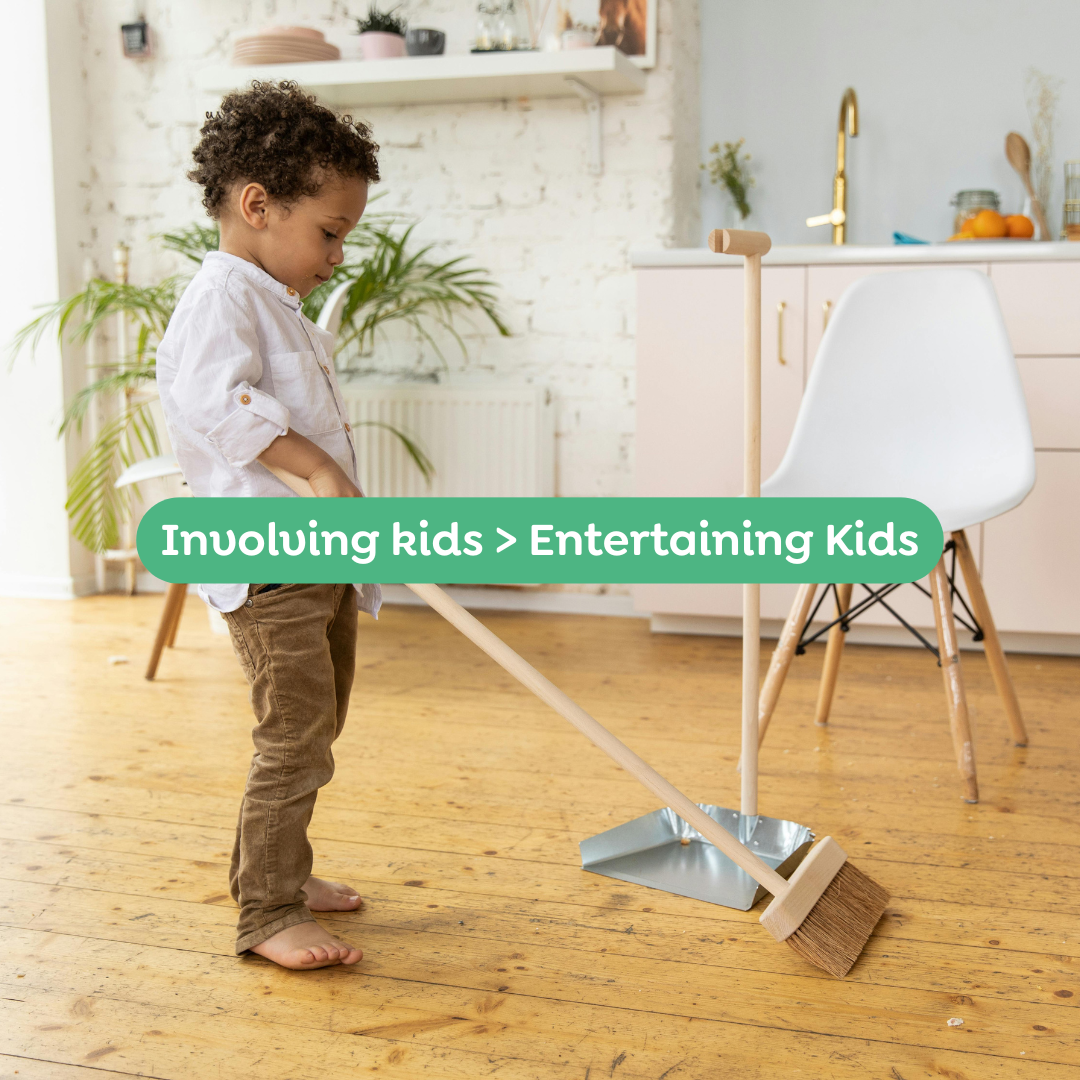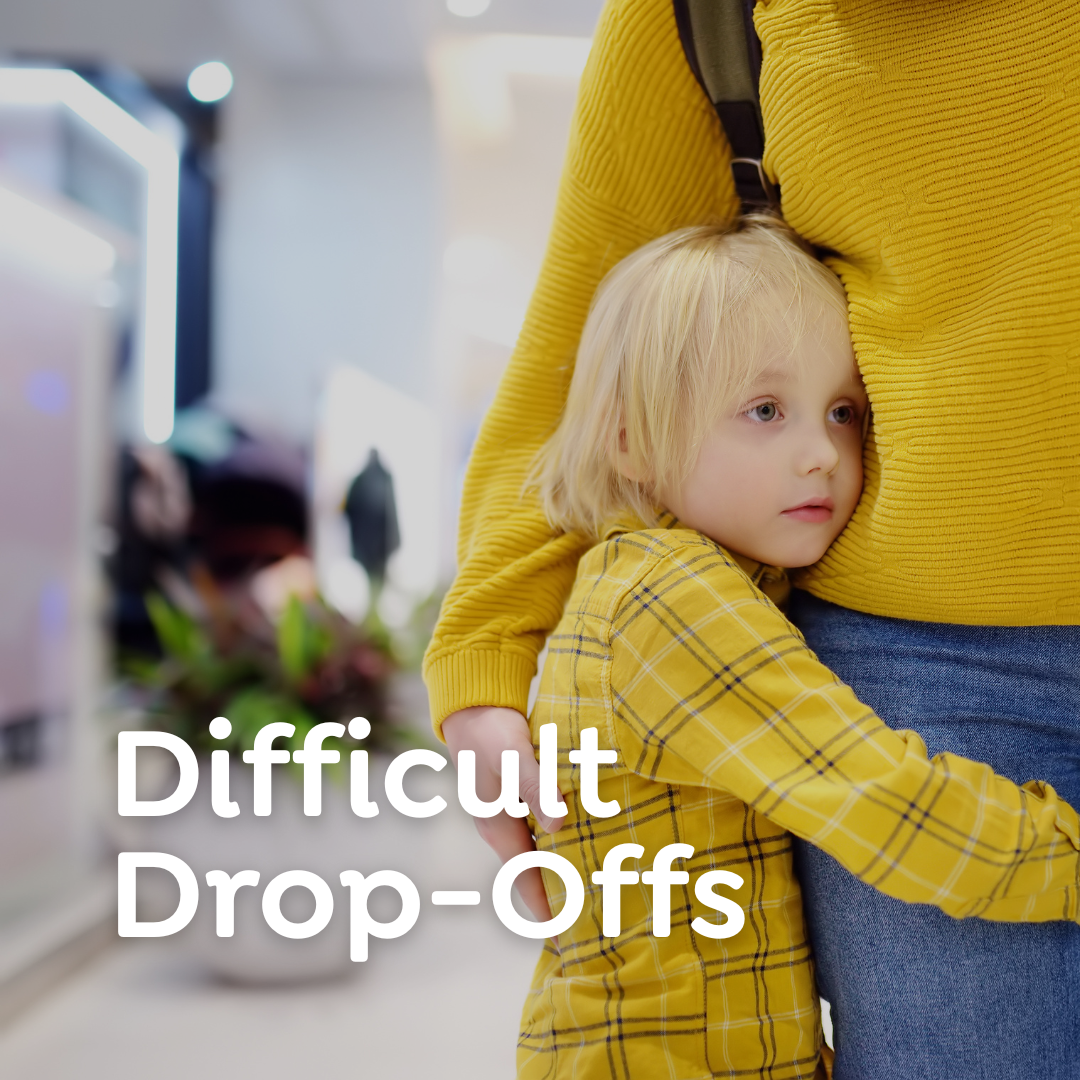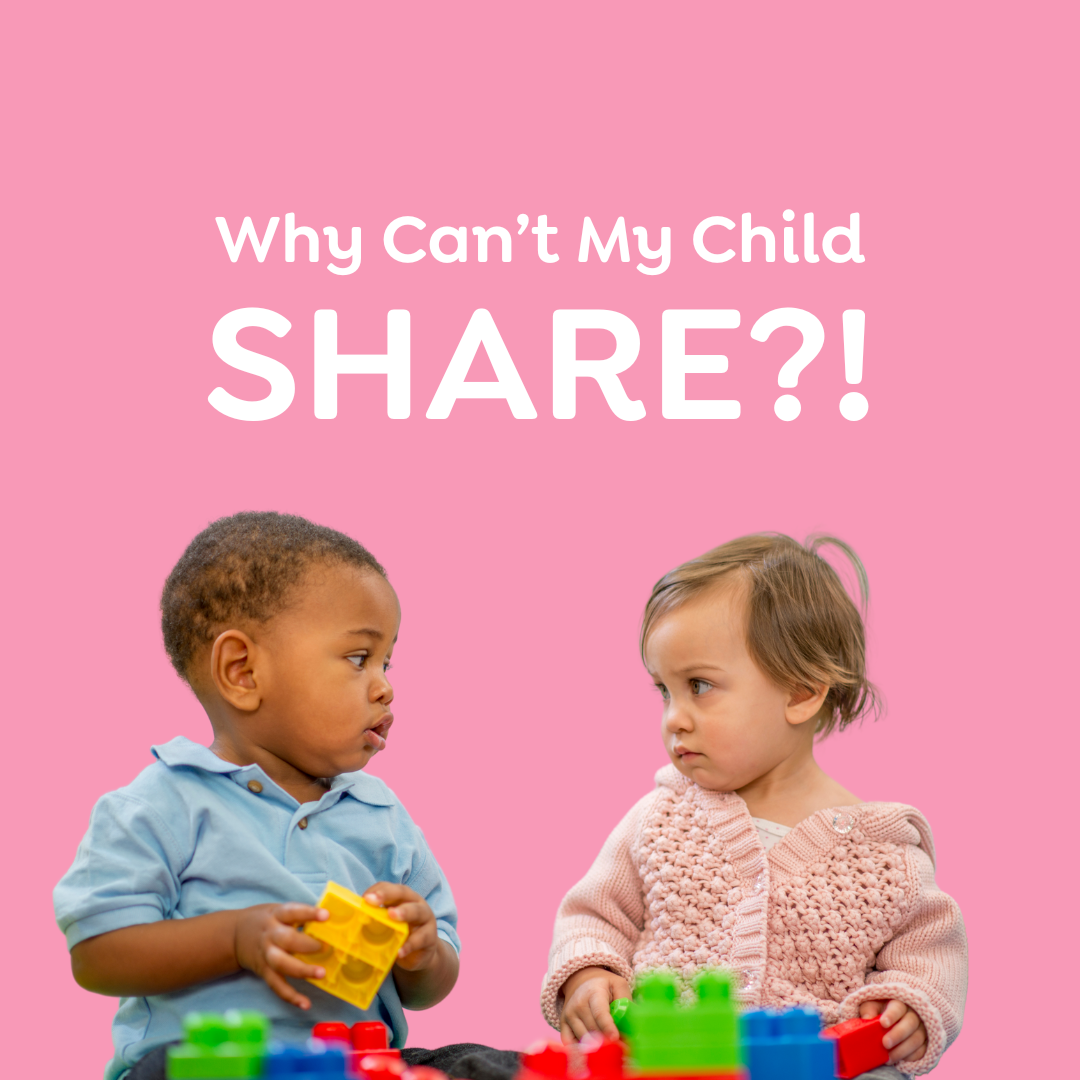Is it bad behaviour… or a stress response?
We’ve been conditioned to think that when a child cries, yells, throws something, or refuses to cooperate, it must be a behaviour problem. Something that needs to be shut down or corrected. Something they’re doing to us.
But most of the time, it’s not about defiance. It’s not attention-seeking. It’s not manipulation.
It’s stress.
It’s their nervous system saying, “I’m not OK right now - I'm out of control - help me.”
What stress can look like in children
For many kids – especially neurodivergent children – things that seem small to us can be huge to them:
-
A loud hand dryer
-
A shop being too crowded
-
Having to wear something itchy
-
The wrong colour cup
-
A planned activity suddenly changing
-
Feeling hungry but not knowing how to say it
- Not knowing how long an activity will last
- A transition from one environment to another
They can’t always tell us they’re overwhelmed.
They show us – through behaviour. Just like adults might get 'snappy' when they're frustrated even when they don't want to.
Behaviour is communication
When a child lashes out, runs off, whines, cries, refuses to follow instructions, or totally shuts down – it’s easy to label that as “naughty” or “being difficult.”
But what they’re really doing is expressing stress.
Their brain doesn’t yet have the wiring to pause, reflect, and calmly express what’s going on. Especially when they’re in distress.
They’re not choosing to act out. They’re struggling to regulate.
So what can we do about it?
The first step is to shift from managing behaviour… to understanding it. When we become detectives and work out what the stressors are for our children, we're more likely to be able to prevent them happening in the first place. Prevention is ALWAYS the best way to support them.
Here’s a quick checklist you can use when your child is having a tough time:
✅ CHECKLIST: Understanding your child’s big feelings
Before reacting, pause and ask yourself:
1. What’s happening in the environment?
-
Is it too loud, bright, crowded, fast-paced?
-
Have there been too many transitions or changes today?
2. Has anything changed unexpectedly?
-
A sudden change of plan, person, or routine?
-
Did they feel left out or unprepared?
3. Are they hungry or thirsty?
-
Basic needs often tip kids over the edge more than we realise.
4. Are they tired or overstimulated?
-
Have they had time to rest and reset today?
-
Has there been a lot of social or sensory input?
5. Are they feeling disconnected?
-
Have they had much one-on-one time with you?
-
Do they feel safe and seen in the moment?
6. Could this be a sensory reaction?
-
Tags, textures, smells, background noise - anything their body might be struggling with?
7. Do they know what’s coming next?
-
Are they anxious because they’re unsure what’s about to happen?
8. Are you regulated enough to respond calmly?
-
Your calm is their anchor. Take a breath before stepping in.
Final thoughts
You can’t stop every tantrum. You don’t need to. Crying is letting out emotion after all, and we really want our kids to feel safe enough to show emotion around us.
What matters is how you respond.
Children don’t need perfect parents.
They need parents who are willing to pause, observe, and try to understand what’s underneath the behaviour.
You're not giving in by being curious. You're showing your child that it's possible to hold a boundary without shaming them. You can be calm, clear, and supportive – all at once.
Want more support on how to respond in the moment?
Search “tantrum” in the search bar for practical guides and real-life strategies.
You've got this.



